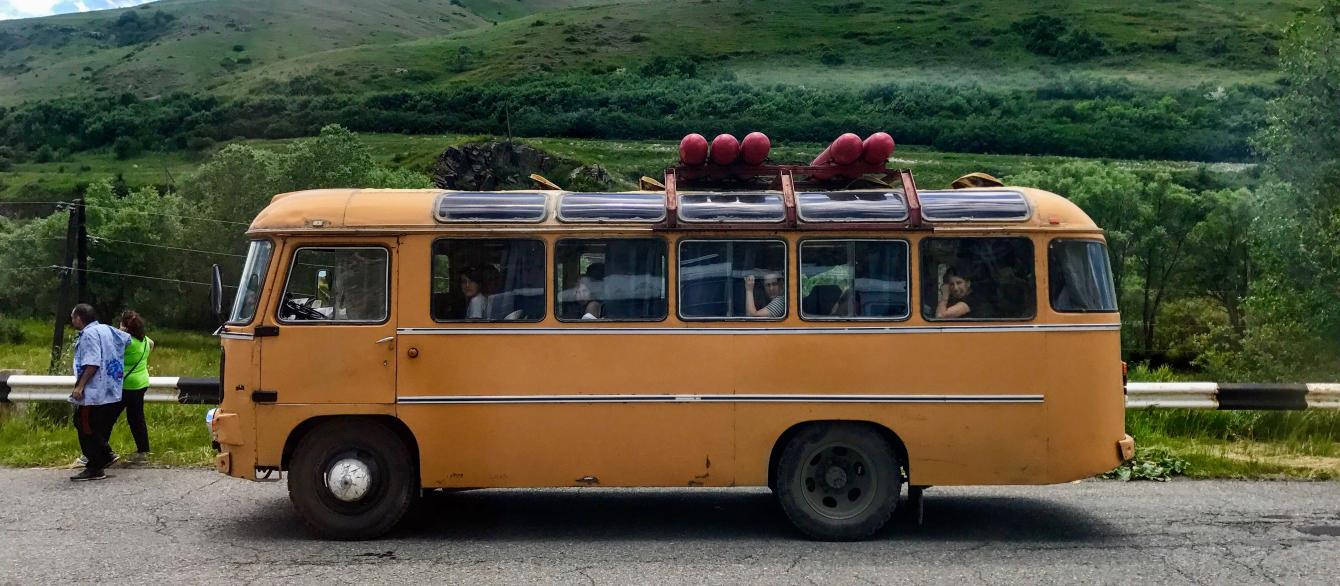This op-ed was originally published by The National Interest.
When President Donald Trump welcomes the leaders of Central Asia to Washington for the C5+1 summit—the first ever to be held at the White House—he will mark the framework’s first decade with a distinctly transactional twist: minerals. The meeting offers Washington a chance to secure a strategic foothold in a region that sits atop some of the world’s richest reserves of critical minerals yet has long been caught between Moscow and Beijing.
This summit comes on the heels of Trump’s recent Asia tour, during which he sealed critical minerals partnerships with Australia, Japan, Malaysia, and Thailand—each deal aimed at reducing Beijing’s dominance of global mineral processing and securing access to materials that power advanced manufacturing, electric vehicles, and defense systems. The logical next step is to extend this effort to Central Asia and make Kazakhstan a founding member of America’s critical minerals club.
Kazakhstan is the natural anchor. It is the world’s top uranium producer and holds an estimated 2.6 million tons of rare earth elements, with a recently identified major deposit potentially vaulting it to third place globally, behind only China and Brazil. The country holds half of the 50 designated as “critical” by the U.S. government and already produces 19 of them. Kazakhstan’s industrial base can already support full-cycle production for several advanced materials, and the government is actively courting Western partners through reforms such as a new subsoil code modeled on Western Australia’s and digital licensing. However, its broader investment regime is still a work in progress.
All opinions expressed above are solely those of the author.






